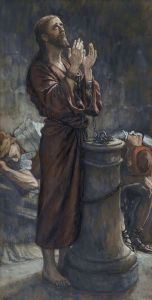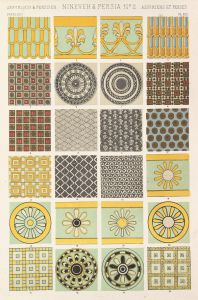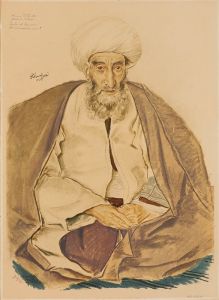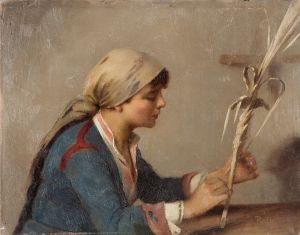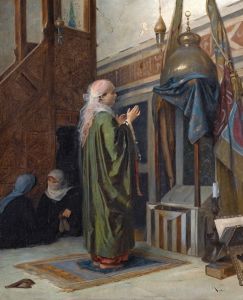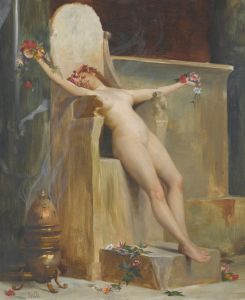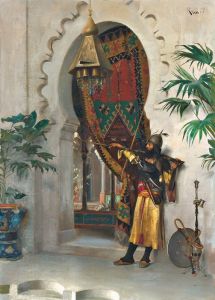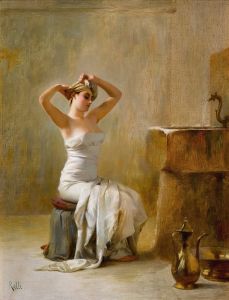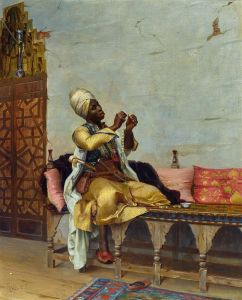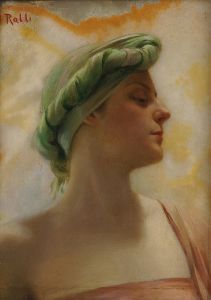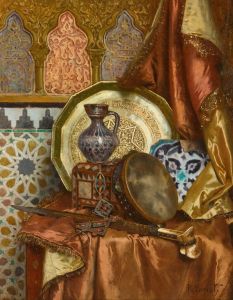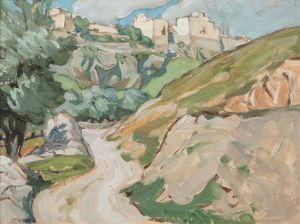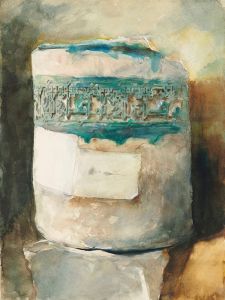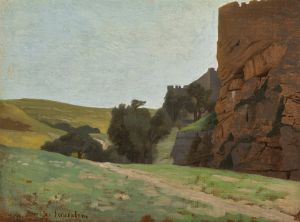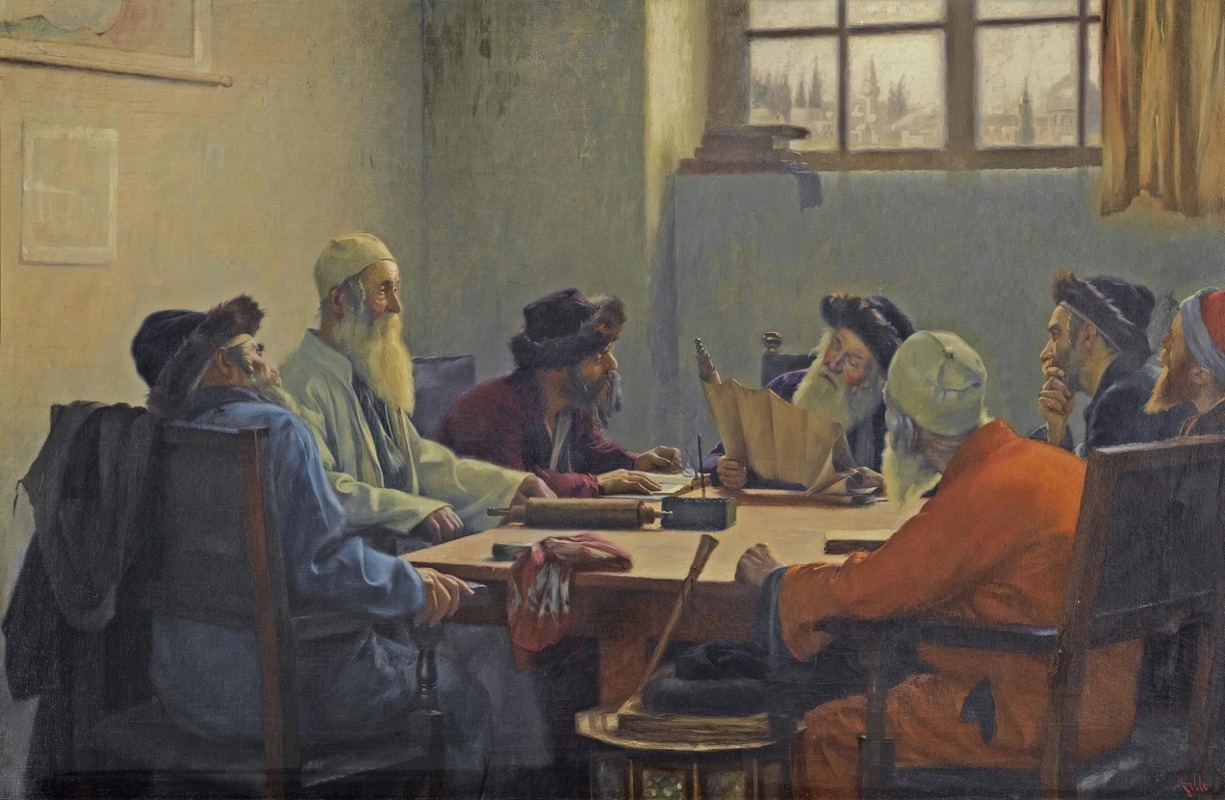
The Seven Rabbis in Jerusalem
A hand-painted replica of Theodoros Ralli’s masterpiece The Seven Rabbis in Jerusalem, meticulously crafted by professional artists to capture the true essence of the original. Each piece is created with museum-quality canvas and rare mineral pigments, carefully painted by experienced artists with delicate brushstrokes and rich, layered colors to perfectly recreate the texture of the original artwork. Unlike machine-printed reproductions, this hand-painted version brings the painting to life, infused with the artist’s emotions and skill in every stroke. Whether for personal collection or home decoration, it instantly elevates the artistic atmosphere of any space.
The painting "The Seven Rabbis in Jerusalem" is a notable work by the Greek artist Theodoros Ralli, who was active during the late 19th and early 20th centuries. Ralli was known for his detailed and evocative depictions of Orientalist themes, often capturing scenes from the Middle East and North Africa. His works are characterized by their vibrant colors, meticulous attention to detail, and a focus on the cultural and religious diversity of the regions he depicted.
"The Seven Rabbis in Jerusalem" is a fine example of Ralli's Orientalist style. The painting portrays a group of seven rabbis, likely engaged in a religious or scholarly discussion. The setting is Jerusalem, a city with profound historical and religious significance, particularly within Judaism, Christianity, and Islam. Ralli's choice of subject matter reflects the rich tapestry of religious life in Jerusalem, a city that has been a focal point of pilgrimage and spiritual discourse for centuries.
In this painting, Ralli captures the rabbis in traditional attire, emphasizing their roles as spiritual leaders and scholars. The artist's attention to detail is evident in the intricate depiction of their garments, which are rendered with a sense of texture and depth. The expressions and postures of the rabbis suggest a moment of contemplation or debate, inviting viewers to ponder the nature of their discussion. The setting, while not explicitly detailed, evokes the historical and architectural elements typical of Jerusalem, providing a contextual backdrop that enhances the painting's authenticity.
Ralli's work is often associated with the Orientalist movement, a genre that emerged in the 19th century as Western artists and writers became fascinated with the cultures of the Middle East and North Africa. While Orientalism has been critiqued for its exoticizing tendencies and its role in perpetuating stereotypes, artists like Ralli are also recognized for their contributions to cross-cultural understanding and their efforts to document the diverse traditions of the regions they explored.
Theodoros Ralli was born in Constantinople (modern-day Istanbul) in 1852 and later moved to Paris, where he studied under the renowned painter Jean-Léon Gérôme. Ralli's career was marked by extensive travels throughout the Middle East, which greatly influenced his artistic output. His works were well-received in his time, and he exhibited regularly at the Paris Salon, earning accolades for his skillful compositions and his ability to capture the essence of his subjects.
"The Seven Rabbis in Jerusalem" is housed in a private collection, and as such, it is not as widely accessible as some of Ralli's other works. However, it remains an important piece within his oeuvre, exemplifying his interest in religious themes and his dedication to portraying the cultural richness of the regions he visited. Through this painting, Ralli offers a glimpse into the spiritual life of Jerusalem, inviting viewers to appreciate the historical and cultural significance of the city and its inhabitants.
Overall, "The Seven Rabbis in Jerusalem" stands as a testament to Theodoros Ralli's artistic vision and his ability to convey the depth and complexity of the human experience through his art.





